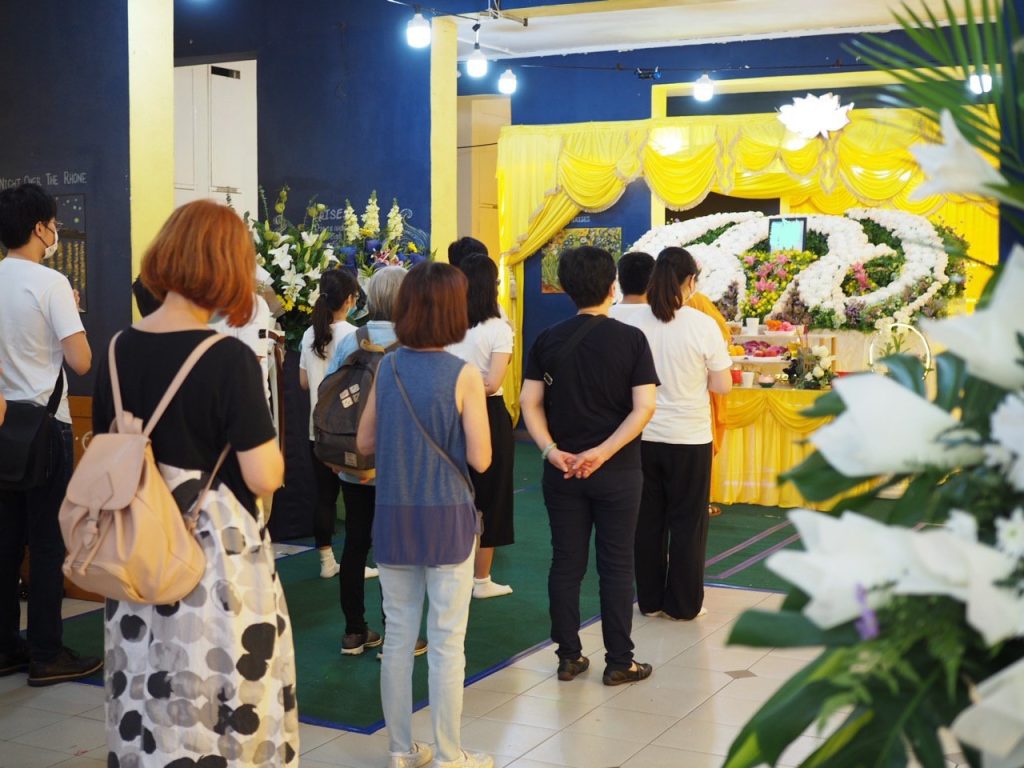
Attending a funeral can be a challenging experience for anyone, especially children. For many families in Singapore, a Buddhist funeral may be the first time a young child faces the concept of death. Supporting children during a Buddhist funeral is essential to help them feel safe, comforted, and included. Here’s how you can guide children through this sensitive experience with understanding and care.
Before the funeral, explain what it’s about and what they might see. Buddhist funerals often include rituals such as chanting, incense, and offerings. Tell the child what they may experience in a way they can understand. Use simple words like, “We are saying goodbye to someone who has passed away, and we are here to show love and respect.”
If the child has questions, answer them gently and honestly. For example, they might wonder about why people are chanting or lighting incense. You could say, “Chanting is a way of showing respect and saying goodbye, and incense is used to honour the person who has passed.” Setting these expectations can help them feel more prepared and less scared.

Children often find comfort in being part of rituals. Simple roles, like placing a flower or lighting an incense stick, can help them feel involved. These actions can also be comforting as they allow the child to express their feelings in a way that honours the deceased.
Make sure that any participation is optional. Not every child will feel comfortable or ready to be involved, and that’s perfectly okay. Let them know they can watch quietly if that makes them feel better. Including children in small ways can help them feel more connected and supported during the ceremony.
It’s natural for children to feel a mix of emotions at a funeral. Some may be sad, while others might feel confused or even scared. Help them understand that it’s normal to feel a range of emotions and that everyone handles grief differently.
Offer them simple comfort, such as holding their hand or hugging them if they feel upset. If they want to cry, let them know it’s okay. You could say, “It’s alright to feel sad. We all feel that way when we lose someone we love.” Share Buddhist teachings in a way that can reassure them, like explaining that many believe life is a cycle, and that the person who passed away has moved on to another stage of existence.
If the child needs another way to express their feelings, encourage them to draw or write about the person they’re missing. Sometimes, activities like these help them understand their emotions in a healthy way.
When the funeral is over, keep the conversation open. Encourage the child to talk about how they feel or ask any questions. Sometimes children may need time to process what happened, so let them talk at their own pace.
Helping them remember the loved one can be comforting. Suggest lighting a small candle, saying a prayer, or offering a moment of silence at home. These simple acts allow them to honour the person’s memory in a way that feels personal and respectful.

Grieving is a process, and sometimes children may need a little extra support. If a child seems to be struggling with the loss, consider speaking to a grief counsellor or using resources that help young children cope with death. Many Buddhist organisations and temples in Singapore may offer resources for families. Seeking help can make a difference, especially if the child has many questions or is having difficulty processing the experience.
Supporting children through a Buddhist funeral is about helping them feel safe, understood, and included. By preparing them for the experience, offering comfort, and allowing them to participate if they want, you can guide them through this important part of life. In Singapore, where Buddhist traditions play a central role, this approach helps children understand both the rituals and the meaning behind them. Ultimately, it’s about offering them the compassion and reassurance they need to cope with loss in a supportive and culturally respectful way.
